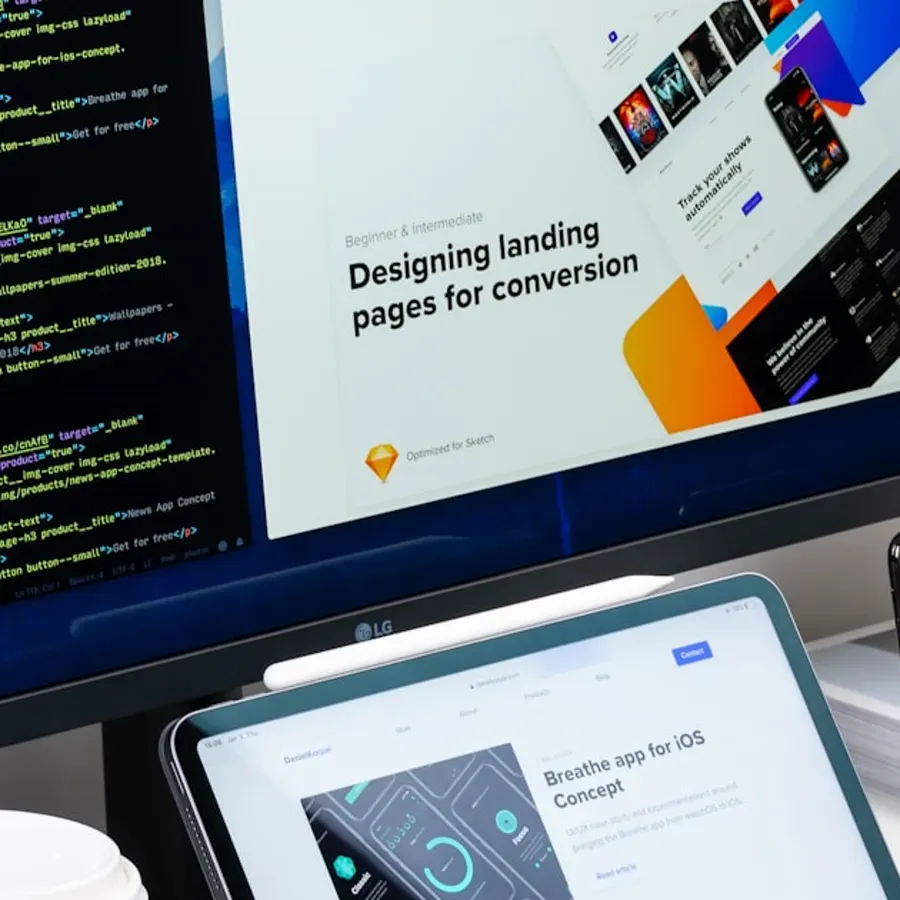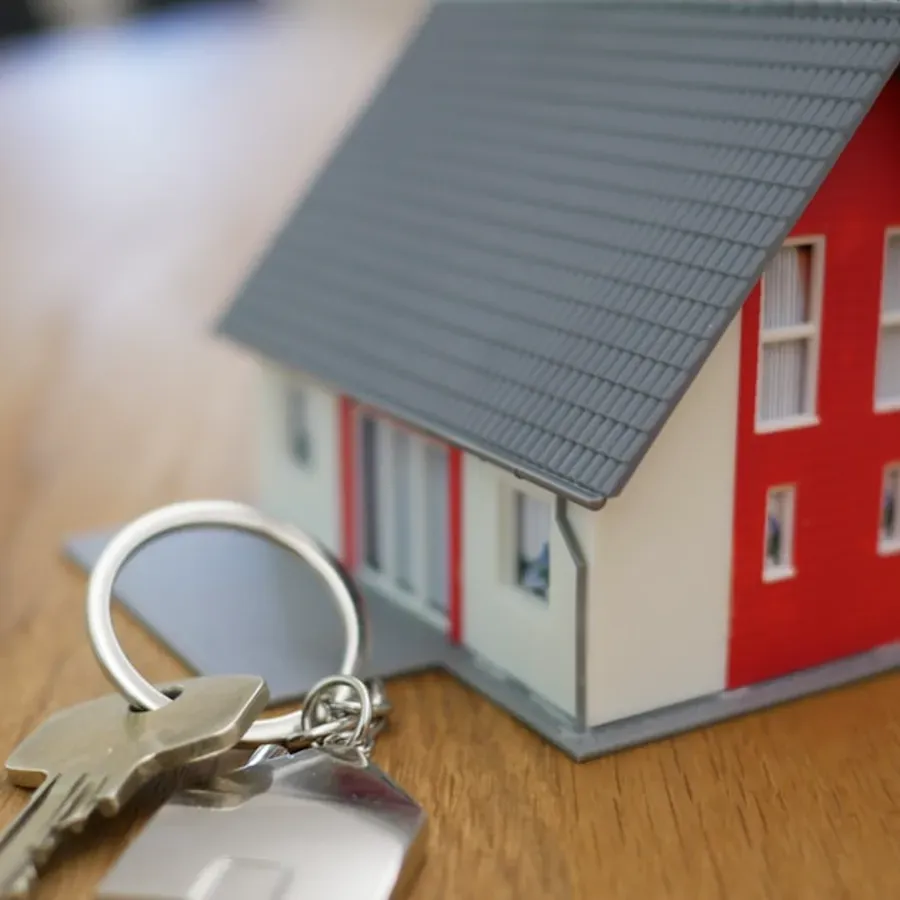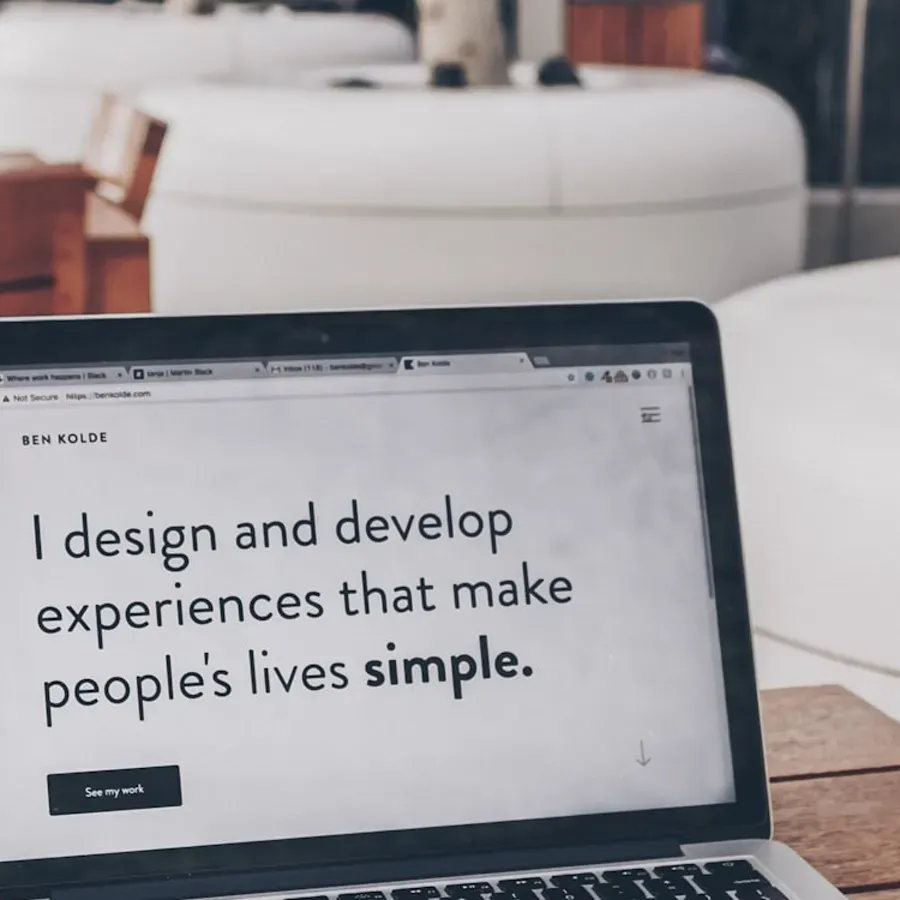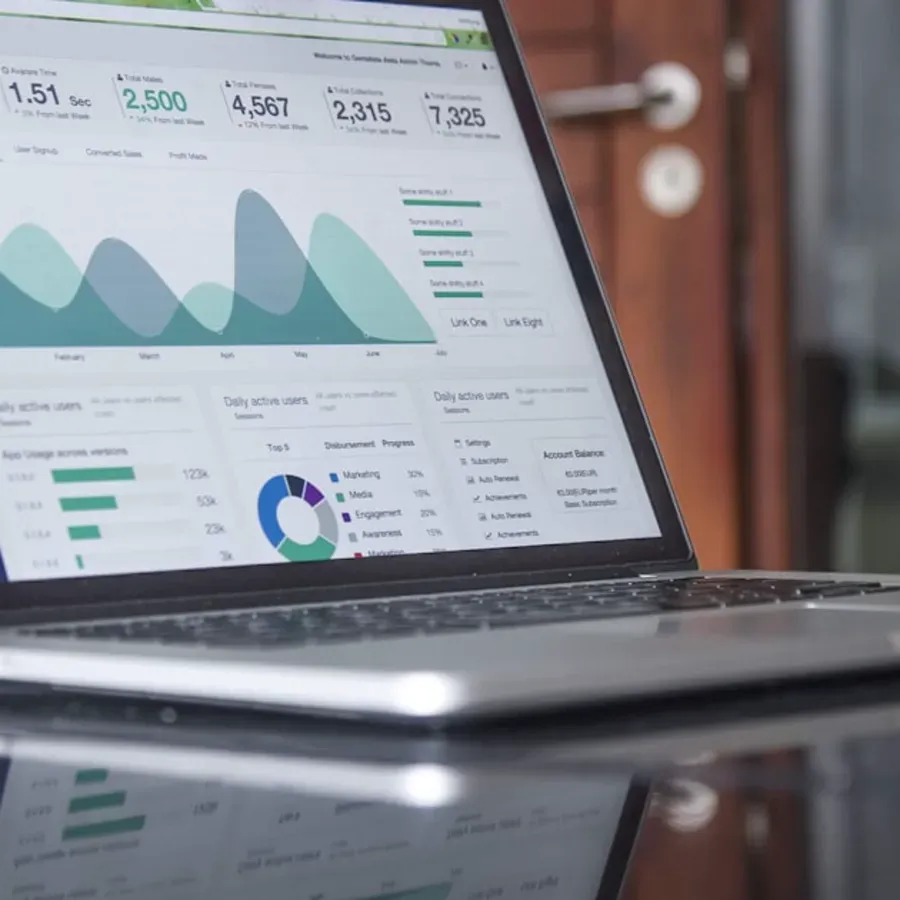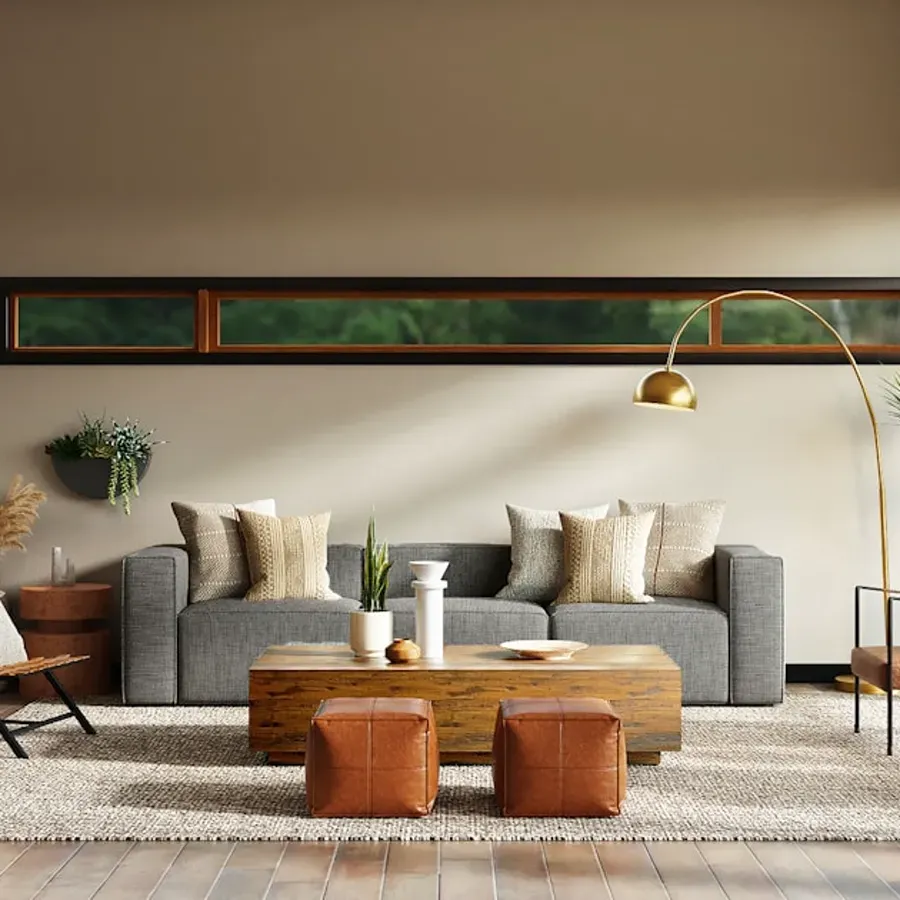
Why Interior Designers Need Specialized Websites
In the competitive world of interior design, your website serves as your digital showroom, portfolio, and sales representative rolled into one. Unlike generic business websites, an interior design website must do far more than simply list services and contact information. It needs to captivate visitors instantly with stunning visuals, demonstrate your unique aesthetic sensibility, and convert browsers into paying clients. Research shows that 94% of first impressions are design-related, and for interior designers, this statistic carries even greater weight. Your website isn't just representing your business; it's the primary example of your design expertise.
A specialized interior design website serves multiple critical functions simultaneously. It showcases your completed projects in their best light, establishes credibility through client testimonials and case studies, educates potential clients about your process and services, and most importantly, converts visitors into leads. According to industry data, interior design websites with professional photography and well-organized portfolios see conversion rates 3-5 times higher than those with basic layouts. The difference between a generic website and one purpose-built for interior design can mean the difference between occasional inquiries and a thriving practice with a consistent pipeline of ideal clients.
Portfolio Showcase: Your Best Work on Display
Your portfolio represents the heart of your interior design website. This isn't the place for modesty or holding back your best work. High-resolution photography showcasing multiple angles of completed spaces should dominate your homepage and dedicated portfolio pages. Each project deserves its own detailed case study page, featuring 15-25 professional photographs that tell the complete story of the transformation. Include wide shots that capture the overall ambiance, detail shots highlighting custom elements and material choices, and lifestyle images showing how the spaces function in real life.
Organization matters tremendously for user experience. Implement filtering systems that allow visitors to browse by style category (modern, minimalist, industrial, Scandinavian, tropical, luxury), by room type (living room, bedroom, kitchen, bathroom, office), or by project scale. This intuitive navigation helps potential clients quickly find examples relevant to their own needs. A luxury apartment dweller interested in maximalist design should be able to find exactly that within seconds, without scrolling through dozens of unrelated projects. Smart filtering not only improves user experience but also increases time-on-site metrics that benefit your SEO performance.
Technical implementation requires careful attention to image optimization. While you need high-resolution photography to showcase your work properly, massive file sizes will devastate page load speeds. Implement lazy loading so images only load as visitors scroll, use next-generation image formats like WebP with fallbacks, and employ a content delivery network (CDN) to serve images quickly regardless of visitor location. Your interior design website should achieve load times under three seconds despite heavy visual content—a benchmark that separates amateur sites from professional ones.
Before & After Transformations
Nothing demonstrates your value proposition more powerfully than before-and-after comparisons. These transformations provide concrete proof of your ability to reimagine spaces and execute complex design visions. Implement interactive slider tools that allow visitors to drag between 'before' and 'after' states, creating an engaging experience that keeps people on your site longer. These sliders work particularly well on mobile devices, where the touch interaction feels natural and satisfying.
Context elevates before-and-after content from simple eye candy to compelling storytelling. For each transformation, include the specific challenges you faced: awkward layouts, limited natural light, outdated finishes, or budget constraints. Explain your design solutions and the reasoning behind key decisions. When potential clients see how you solved problems similar to their own, they begin envisioning you solving their specific challenges. This psychological shift from passive observer to engaged prospect represents the crucial moment in the conversion journey.
Project Categories and Style Exploration
Today's interior design landscape encompasses diverse aesthetic movements, from minimalist Scandinavian to maximalist eclectic, from industrial loft to tropical resort. Your interior designer website should help visitors explore these style categories and identify their own preferences. Create dedicated landing pages for each major style you work in, featuring multiple completed projects, mood boards that capture the aesthetic essence, and educational content about what defines that particular style.
For markets like Vietnam, consider including culturally specific categories such as modern tropical design that incorporates natural materials and indoor plants, French colonial styles popular in HCMC's historic districts, or minimalist Asian aesthetics that maximize limited space. Vietnamese apartments typically range from 70-100 square meters, making space-efficient design particularly relevant. Showcasing your expertise in these specific contexts immediately resonates with local clients and demonstrates cultural understanding beyond generic international design trends.
Interactive Design Tools and Visualizers
Interactive features transform passive website visitors into engaged users who invest time exploring possibilities. Consider implementing tools like room visualizers that allow prospects to upload photos of their own spaces and experiment with different color schemes, mood board builders where users can collect inspiration images and share them with your team, or color palette generators that suggest complementary schemes based on a favorite shade. These tools serve dual purposes: they provide genuine value to visitors while collecting valuable data about their preferences and project requirements.
Three-dimensional room visualizers and augmented reality (AR) features represent the cutting edge of interior design website functionality. While not essential for every practice, these technologies can differentiate your interior design website significantly. AR tools allow potential clients to visualize furniture pieces or design elements in their actual spaces using smartphone cameras. For firms working with custom furniture or imported pieces, this technology reduces hesitation and increases confidence in making significant purchases. The wow factor alone generates word-of-mouth referrals and social media shares that extend your marketing reach organically.
Client Testimonials and Case Studies
Social proof remains one of the most powerful conversion tools in any service business, and interior design is no exception. Feature detailed client testimonials prominently throughout your site, particularly on service pages and near contact forms. Video testimonials carry even greater impact than written reviews, as they provide authenticity that's difficult to fake. When clients describe their experience working with you in their own words, complete with emotional reactions to their transformed spaces, skeptical prospects become believers.
Comprehensive case studies take testimonials several steps further by documenting entire projects from initial consultation through final reveal. Include the client's original vision and concerns, your proposed design concept, challenges encountered during implementation, and the final result with both professional photography and the client's reaction. These narratives transform abstract services into tangible outcomes. When a prospect reads about a client with similar needs, budget, and aesthetic preferences who achieved their dream space through your services, the path to hiring you becomes clear and compelling.
Service Pages That Convert
While portfolio content attracts visitors, service pages convert them into clients. Each service you offer deserves a dedicated page with clear descriptions, transparent pricing (even if ranges), typical project timelines, and the specific deliverables clients receive. For full-service interior design, outline your comprehensive process from initial consultation through installation. For consultation-only services, explain exactly what clients receive during and after the session. For 3D rendering services, show examples of the visualizations you create and explain how they help clients make confident decisions before construction begins.
Strategic calls-to-action (CTAs) should appear throughout these service pages without feeling pushy. Offer multiple conversion paths for prospects at different stages of their journey. Some visitors are ready to book immediately—provide an online scheduling system for consultations. Others need more information first—offer downloadable guides to the design process or typical project costs. Still others want to start a conversation—make contact forms short and friction-free, asking only for essential information. Multiple conversion opportunities ensure you capture leads regardless of where they are in their decision-making process.
Blog Content Strategy for Interior Design
A regularly updated blog positions your interior design website as an authoritative resource rather than simply a promotional brochure. Content strategy should balance evergreen practical advice with timely trend analysis. Evergreen topics might include "How to Choose a Color Palette for Open-Plan Living," "Maximizing Natural Light in Small Apartments," or "Budget-Friendly Ways to Refresh Your Bedroom." These articles continue attracting organic search traffic for years after publication.
Trend-focused content capitalizes on seasonal search interest and demonstrates your awareness of contemporary design movements. Articles about Pantone's color of the year, emerging sustainable materials, or how remote work is reshaping home office design attract immediate attention and social shares. For Vietnamese markets, content addressing specific local concerns performs particularly well: "Designing for Monsoon Season: Materials That Last," "Vietnamese Apartment Design: Making 80sqm Feel Spacious," or "Incorporating Traditional Elements in Modern Interiors." This localized content improves search engine rankings for location-specific queries while demonstrating deep market understanding.
Mobile Experience for Visual Content
With over 60% of web traffic now originating from mobile devices, your interior design website must deliver an exceptional experience on smartphones and tablets. This requirement creates unique challenges for design-focused sites that depend on high-quality imagery. Mobile optimization isn't simply about responsive layouts that rearrange content for smaller screens—it requires rethinking the entire user experience for touch-based navigation and vertical scrolling.
Portfolio galleries need touch-friendly interfaces with swipe gestures for browsing through project images. Image galleries should display beautifully even on smaller screens without requiring excessive zooming or horizontal scrolling. Contact forms must be simple enough to complete on mobile without frustration, using large touch targets and minimal required fields. Phone and messaging app integration becomes crucial in markets like Vietnam, where Zalo and direct calling are preferred contact methods. One-tap calling and integrated messaging create frictionless paths to conversation, dramatically improving mobile conversion rates.
Page speed matters even more on mobile connections, which may be slower or less reliable than desktop broadband. Aggressive image optimization, minimal JavaScript, and streamlined CSS ensure fast loading even on 4G connections. Google's mobile-first indexing means your mobile site performance directly impacts search rankings across all devices. An interior design website that looks stunning but loads slowly on mobile essentially hands potential clients to faster-loading competitors.
Why Choose M&M Communications
Creating an effective interior design website requires specialized expertise that goes far beyond generic web development. At M&M Communications, we've spent years perfecting the art of building websites specifically for interior designers and design firms. We understand that your website isn't just a digital business card—it's your most powerful marketing tool and often the deciding factor in whether prospects choose to work with you or move on to competitors.
Our portfolio-first approach ensures your best work takes center stage from the moment visitors land on your site. We implement advanced image optimization techniques that maintain stunning visual quality while achieving lightning-fast load times. Our designs are conversion-focused, with strategically placed calls-to-action, multiple contact paths, and user experiences optimized based on real behavioral data from successful interior design websites. We build with mobile users as a priority, ensuring your site delivers exceptional experiences regardless of device or connection speed.
Beyond beautiful design and technical excellence, we provide comprehensive digital marketing strategy tailored to interior designers. This includes local SEO optimization to ensure you appear when prospects search for "interior designer" in your area, integration with social platforms where design inspiration thrives (Instagram, Pinterest, Houzz), and content strategy that positions you as the obvious expert choice. We understand the Vietnamese market specifically, including popular design styles, typical project scales, preferred contact methods, and the cultural nuances that build trust with local clients.
Our clients see measurable results: increased organic traffic from target keywords, higher conversion rates from visitors to leads, and ultimately, more projects with ideal clients at better price points. We don't just build websites—we create digital showrooms that work tirelessly to grow your interior design practice. Whether you're an established firm looking to modernize your online presence or a new designer ready to make a strong first impression, we have the specialized expertise to showcase your creativity and convert visitors into clients.
Ready to transform your online presence with an interior design website that truly showcases your talent and converts prospects into clients? Contact M&M Communications today. Call our hotline at 0909 123 456 or email us at hello@mmcom.vn to schedule your consultation. Let's create a digital experience as stunning as the spaces you design.
